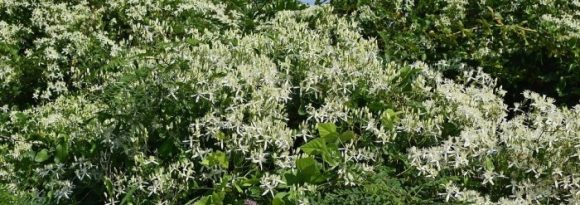All posts tagged agueweed
Common Boneset: A Popular Herbal Plant With a Magical Past
Common boneset, also known as sweating plant, agueweed, wood boneset, boneset, or wild Isaac, and botanically known as eupatorium perfoliatum, is a flowering plant in the aster family. The plant should not be confused with comfrey which is commonly known as bone knit or in some instances, boneset. Common boneset is native to North America and Canada but was introduced to other regions of the world as a result of colonialization. Continue reading [...]

